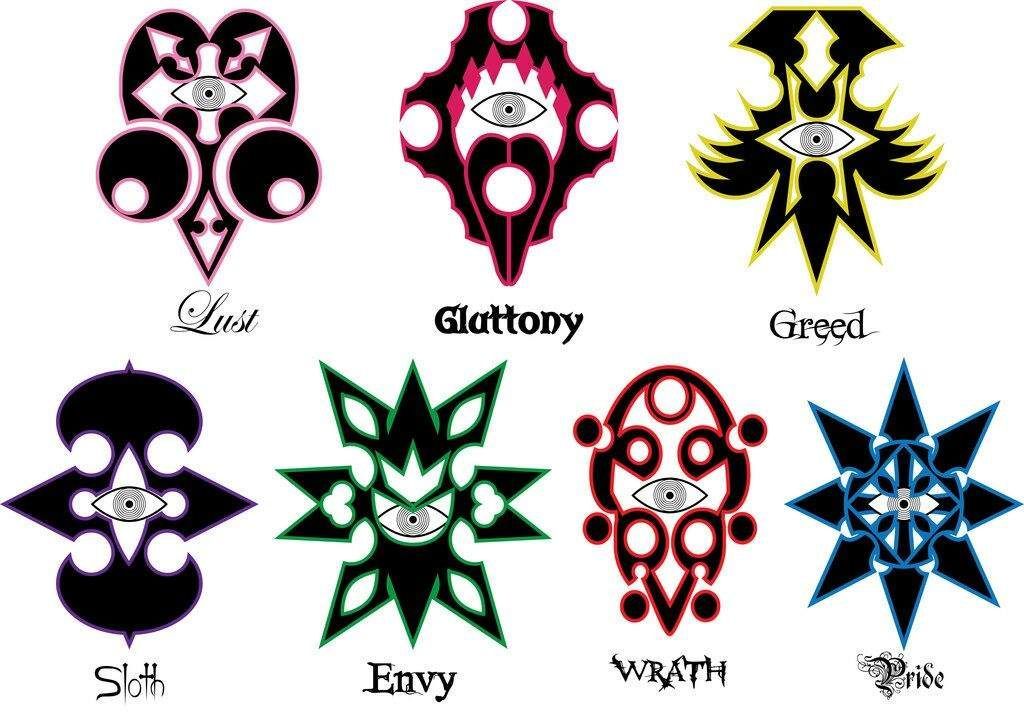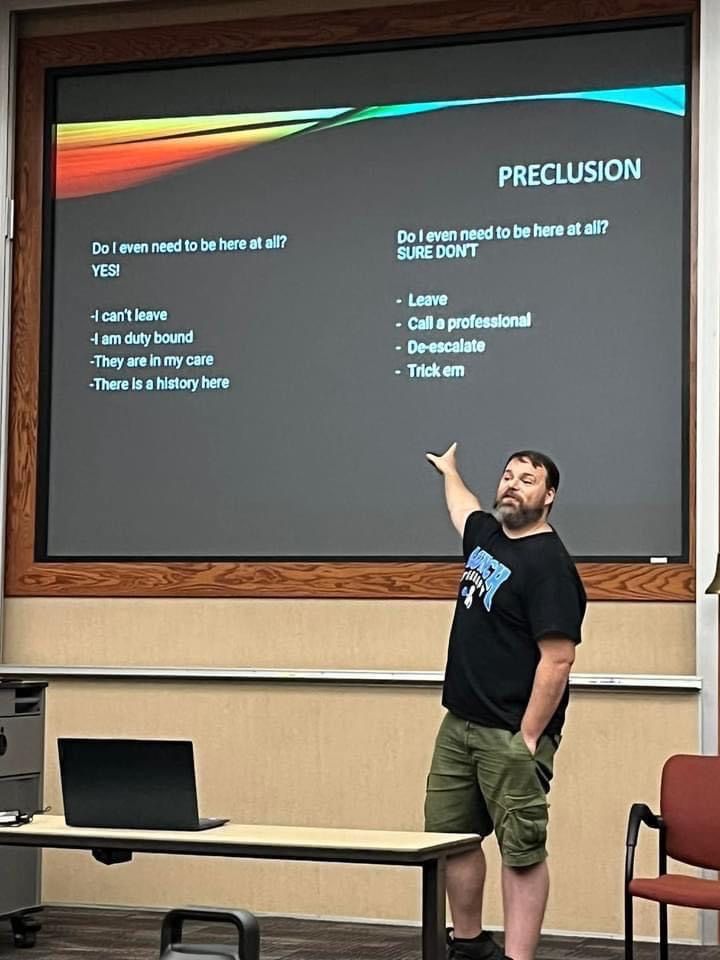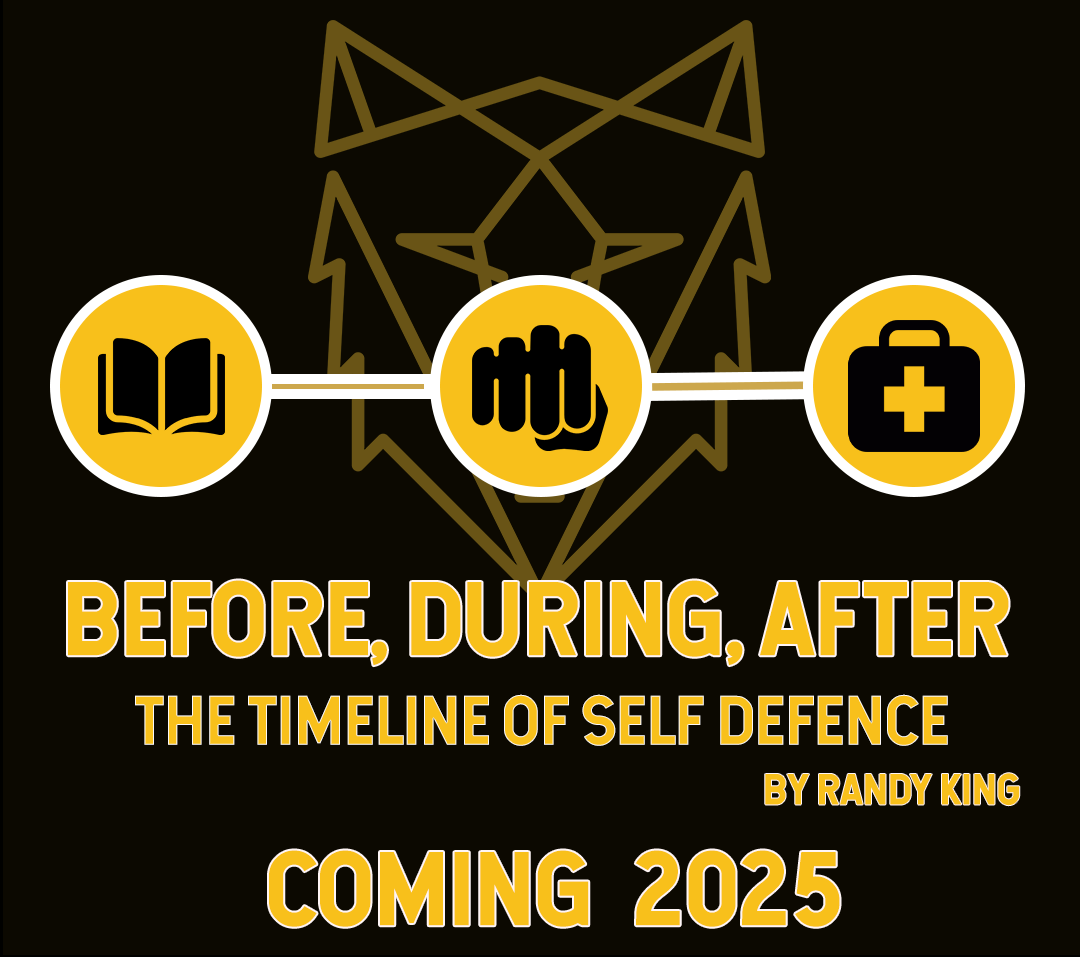The Consequences of Workplace Conflict | 80:20 Conflict Management Strategies
Workplace violence is a serious issue. Learn how to identify and prevent conflict before it leads to disaster.

Have you ever had one of those days at work when you felt like you were walking on egg shells? You know, when everything you said or did was wrong, and no matter what you did it seemed impossible to please your boss or co-workers? If so, then you're not alone. According to a study by the Journal of Applied Psychology, 85% of workers report experiencing conflict in the workplace at some point in their careers. While many people may assume that this is simply an unavoidable part of working life, the truth is that most conflicts can be resolved with a little bit of effort. In this post, we'll take a look at all the negatives that can happen if you do not create a safe work place for yourself or your team.
Conflict is a fact of life. Whether it's between countries or coworkers, conflict is an unavoidable part of the human experience. And while conflict can sometimes lead to positive outcomes, such as increased creativity and understanding, it can just as often have negative consequences. One of the most significant potential negative consequences of conflict is decreased productivity at work. When team members are in conflict with each other, they're less likely to be focused on their work and more likely to be preoccupied with the conflict itself. This can lead to absences, missed deadlines, and lower-quality work. In addition, unresolved conflict can also lead to decreased morale among employees. Feeling like they're constantly caught in the middle of disagreements can make workers feel demotivated and stressed, which can in turn lead to even lower productivity. In short, unresolved conflict can have a significant impact on both individual workers and entire organizations. If left unchecked, it can lead to decreased productivity, decreased morale, and ultimately less successful businesses.
When it comes to work, we all know that feeling of dread that comes with conflict. Whether it's a disagreement with a coworker or a full-blown argument, conflict can be downright stressful. And unfortunately, unresolved conflict can lead to decreased productivity and decreased work morale. In fact, a study by the Harvard Business Review found that employees who experienced conflict at work were 10% less likely to be engaged in their jobs and 13% less likely to plan on staying with their current employer.
Conflict in the workplace is nothing new. In fact, a study by the conflict resolution company, conflict co, found that the average American worker spends 2.8 hours each week dealing with conflict. That's the equivalent of 22 days each year. And with more and more people working remotely, it's only going to get worse. The study also found that conflict costs businesses an average of $359 per employee each year in lost productivity. So if you're not careful, conflict can lead to some serious financial losses.
But it's not just the bottom line that suffers when conflict goes unchecked. It can also lead to employees feeling unmotivated and unengaged in their work. After all, who wants to come into an office every day and deal with drama? But when conflict is managed effectively, it can actually lead to a more productive and engaged workforce. So if you're looking to increase productivity and engagement in your workplace, start by addressing conflict head-on.
While conflict can't always be avoided, there are some steps that companies can take to help resolve it. For example, Encouraging employees to communicate openly and honestly with each other is key. Additionally, providing training on conflict resolution can help employees learn how to deal with conflict in a constructive way. By taking these steps, companies can help reduce the amount of conflict in the workplace and create a more positive work environment.
Conflict is costing businesses around the world billions of dollars every year. From lost productivity and employee turnover to legal fees and damaged reputations, the consequences of unresolved conflict can be costly for businesses. That's why it's important to address any disputes as soon as they arise. By taking steps to resolve conflict early on, businesses can avoid some of the costly consequences associated with it. In addition, addressing conflict early can help to build trust and respect among employees, which can contribute to a more positive work environment. So if conflict arises, don't ignore it – address it head-on to avoid costly consequences down the road.
Conflict doesn’t have to be a negative experience. With the right training, your team can learn how to manage and resolve conflict quickly and easily. Book us today for a conflict communications seminar for your team and help solve the communication problems that are holding you and your business back from success. We promise, our approach will leave everyone feeling heard and understood. What are you waiting for?
Randy
randy@8020cms.com









